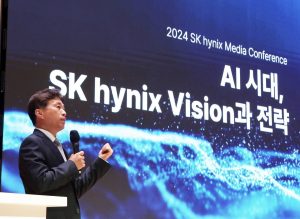News

Has the AI boom turned into a bubble? According to Bloomberg, Microsoft, as OpenAI’s biggest backer, has started canceling or not renewing a large number of data center lease agreements in the U.S., which raises concerns over Microsoft’s potential over-investment in AI computing power. Bloomb...
News

According to a report from ijiwei, citing China Business Journal, several automotive industry companies—including Xiaomi, XPeng, and NIO—have recently announced their entry into the "humanoid robot" market. The report notes that, based on incomplete statistics, 18 global automakers have now vent...
News

According to Commercial Times, citing Chinese media outlet Science and Technology Innovation Express News, the global sensation brought by DeepSeek has heightened enthusiasm for AI among China’s internet and technology giants. These companies have been actively recruiting AI talent. As enterprises...
News

Despite concerns that China’s low-cost AI model DeepSeek could disrupt the tech industry, SK hynix dismisses such fears. President and CEO Kwak Noh-jung sees it as a long-term driver of semiconductor demand and new opportunities, according to etnews and ZDNet. Kwak noted that though in the shor...
News

According to Reuters, citing The Information, sources indicate that Apple is collaborating with Alibaba to introduce AI features for iPhone users in China. The report points out that prior to this, Apple had also considered partnering with DeepSeek. However, due to the startup’s lack of manpowe...